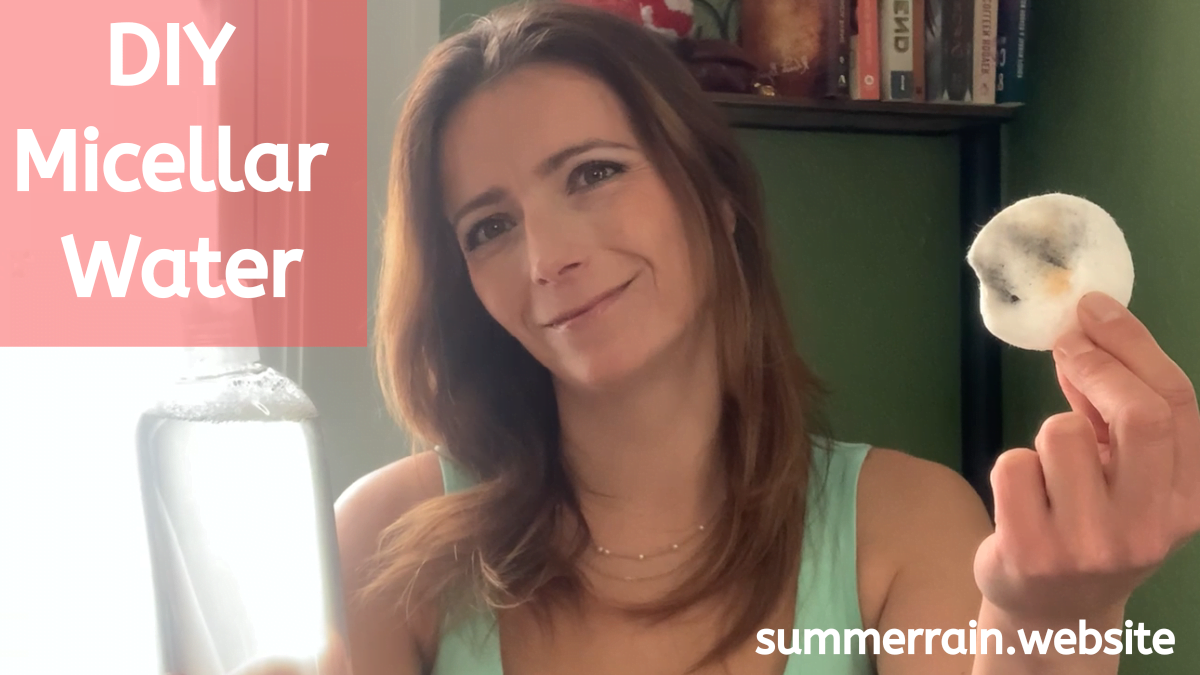Unlock the secret to effortless makeup removal with your homemade Micellar Water. Discover how simple it is to create this solution right at home, without any heating or specialized equipment. Micellar water performs wonders, breaking down dirt, makeup, and oil with just a gentle sweep of a cotton round.
But what exactly is Micellar Water, you ask? It’s more than just water or a cleanser; it’s an all-in-one combination of water, cleanser, and makeup remover.
Table of Contents
Prefer to watch this project instead of reading it?
Some of the links are affiliate links, because I am an associate and I earn a small commission on them.
DIY Micellar Water Recipe
Essential ingredients in any Micellar Water recipe include:
- Water
- Surfactant
DIY Micellar Water – Makeup Remover
Equipment
- Scale
Ingredients
- 8.01 ounce | 89% Distilled Water
- 0.36 ounce | 4% Caprylyl Capryl Glucoside
- 0.54 ounce | 6% Vegetable Glycerin
- 0.05 ounce | .5% Aloe Powder
- 0.05 ounce | .5% Germall Plus
- 50% Citric Acid Solution https://youtu.be/JWbZyE-RXhk
Instructions
- Weigh out your distilled water and place in a mixing container. (Preferably one with a pouring spout).
- Add aloe powder, vegetable glycerin and Caprylyl Capryl Glucoside to the water and mix well.
Check the PH and adjust.
- Depending on how far off the pH is, you will need to add a 50% citric acid solution to lower it. A few drops goes a long way. Add a drop or two of the mixture and mix well.
- Test the pH level again to see if you need to add more or if it is all set.
Preserving
- Add the preservative and mix well.
Choosing the Right Surfactant
There are various surfactants to consider, but three stand out:
Decyl Glucoside is a mild surfactant that is a bit more viscous. It is a non ionic surfactant with a higher pH of 11, so you will have to adjust it down so it does not irritate your skin.
Caprylyl Capryl Glucoside is a non-ionic surfactant. Made from glucose and vegetable derived fatty acids. It is a viscous liquid. It has a lower pH of 5.5 – 6.
Cocamidopropyl betaine is a very mild surfactant that does not irritate your skin. It is derived from coconut oil. It has a pH between 5 and 6.
Enhancing Micellar Water with Additives
For a nourishing touch, consider these water-based additives:
- Vegetable Glycerin: A humectant that draws moisture to your skin.
- Aloe Powder: Adds moisture and soothing properties to your skin.
- Hydrosols: Optional; they can replace some or all of the distilled water in the recipe.
Crafting Your Micellar Water
Here’s how to make your Micellar Water:
- Measure out distilled water and pour it into a mixing container.
- Add aloe powder, vegetable glycerin, and Caprylyl Capryl Glucoside, and mix thoroughly.
- Check the pH level and adjust if necessary.
- Once balanced, add your chosen preservative and mix well.
- Bottle your homemade Micellar Water and relish in its benefits!
Fine-Tuning the pH Balance
We need to make sure that our pH is between 5.2 – 5.5 in order to have a skin friendly micellar water.
To balance the pH, you will need to test it. I use either the pH strips or a pH meter.
If the pH level is exactly in your range (5.2 – 5.5), its a good day to be you and there is nothing else you need to do. This is very unlikely as the surfactants change our pH.
If the pH level is too high (this is most likely the case) we will need to lower it.
There are two ways to lower the pH: Lactic acid and Citric Acid .
Citric acid is sold in a powder form and is significantly cheaper than lactic acid.
Lactic acid is solid in a liquid for and costs a bit more. In addition to reducing the pH, lactic acid has moisturizing properties.
Lowering the pH:
Depending on how far off the pH is, you will need to add one of the acids to lower it. A few drops goes a long way. Add a drop or two of the acid of your choice and mix well.
Learn how to make a 50% Citric Acid Solution here.
Test the pH level again to see if you need to add more or if it is all set.
What if you go too low?
If you go too low, then you will need to increase it. At this point, I would just start over.
Preserving micellar water
Anytime you are adding water in a recipe, you have to use a broad spectrum preservative otherwise you will grow mold and bacteria in your product. Depending on the preservative you will use between .5-1%. I am using Germall Plus and using at .5%. Another preservative that I like to use is Optiphen Plus.
You add the preservative in the final step. You will add this after the pH has been lowered and in balanced. Simply add the preservative of your choice and mix well.
How does micellar water work?
A surfactant has a head that is hydrophilic or water loving. And it’s tail is hydrophobic or oil loving. The water loving head repels oil and the oil loving head repels water.
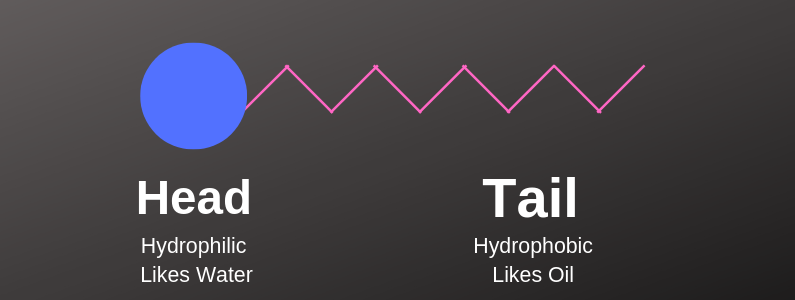
The cool thing about surfactants is the they will break up the oil and surround it. This allows the dirt and oil to be washed away when you use it.
When you make a micellar water, the surfactants create the critical micelle concentration (CMC). This is a sphere of surfactant molecules where the tail points in and the head points outward. When you use it, the oil or dirt will go in the very center of the sphere and be surrounded by the tails (that like oil).
When you put the micellar water onto a cotton pad, they rearrange. The head attaches to the cotton pad and that tails point out.
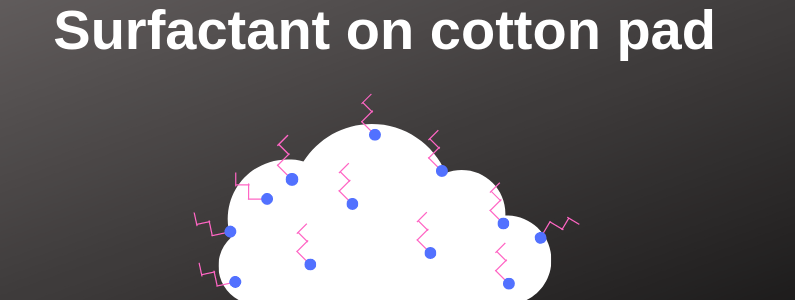
This means that the oil loving tails are pointed outward and are ready to grab on to oil and dirt.
Using Micellar Water for Makeup Removal
For effective makeup removal:
- Saturate a cotton round with Micellar Water.
- Gently wipe your dry face, focusing on areas with makeup.
- Hold the cotton round on closed eyelids to ease mascara removal.
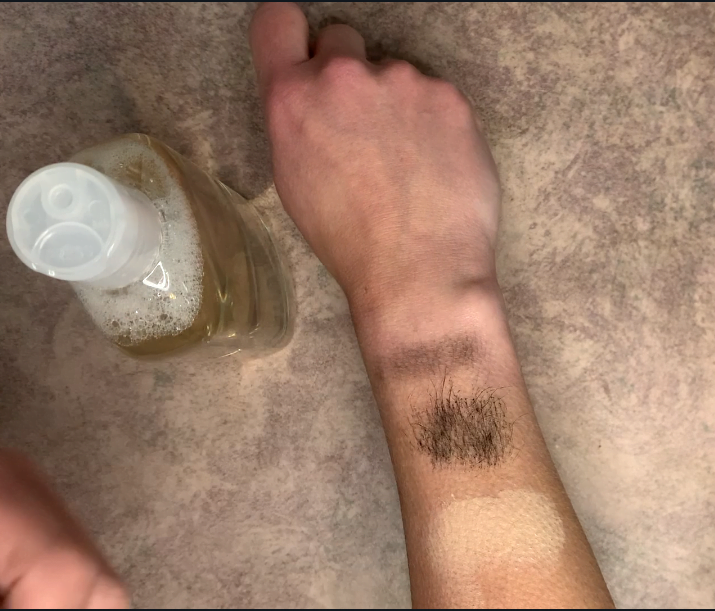
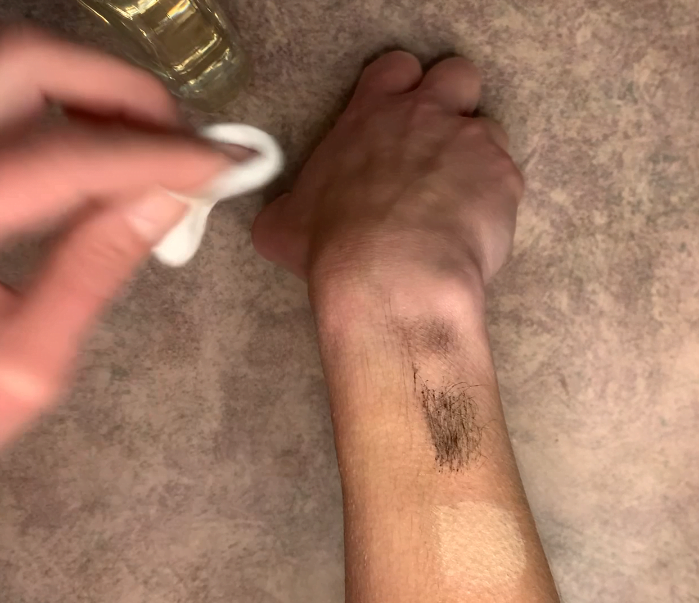
A Word of Caution
Though fantastic for removing makeup, dirt, and oil, Micellar Water isn’t a face wash replacement. Use it as a secondary cleanser or in a pinch, but follow up with a proper facial cleanse and moisturization routine for healthy skin.
